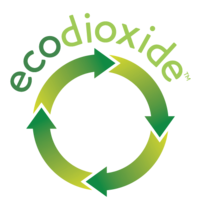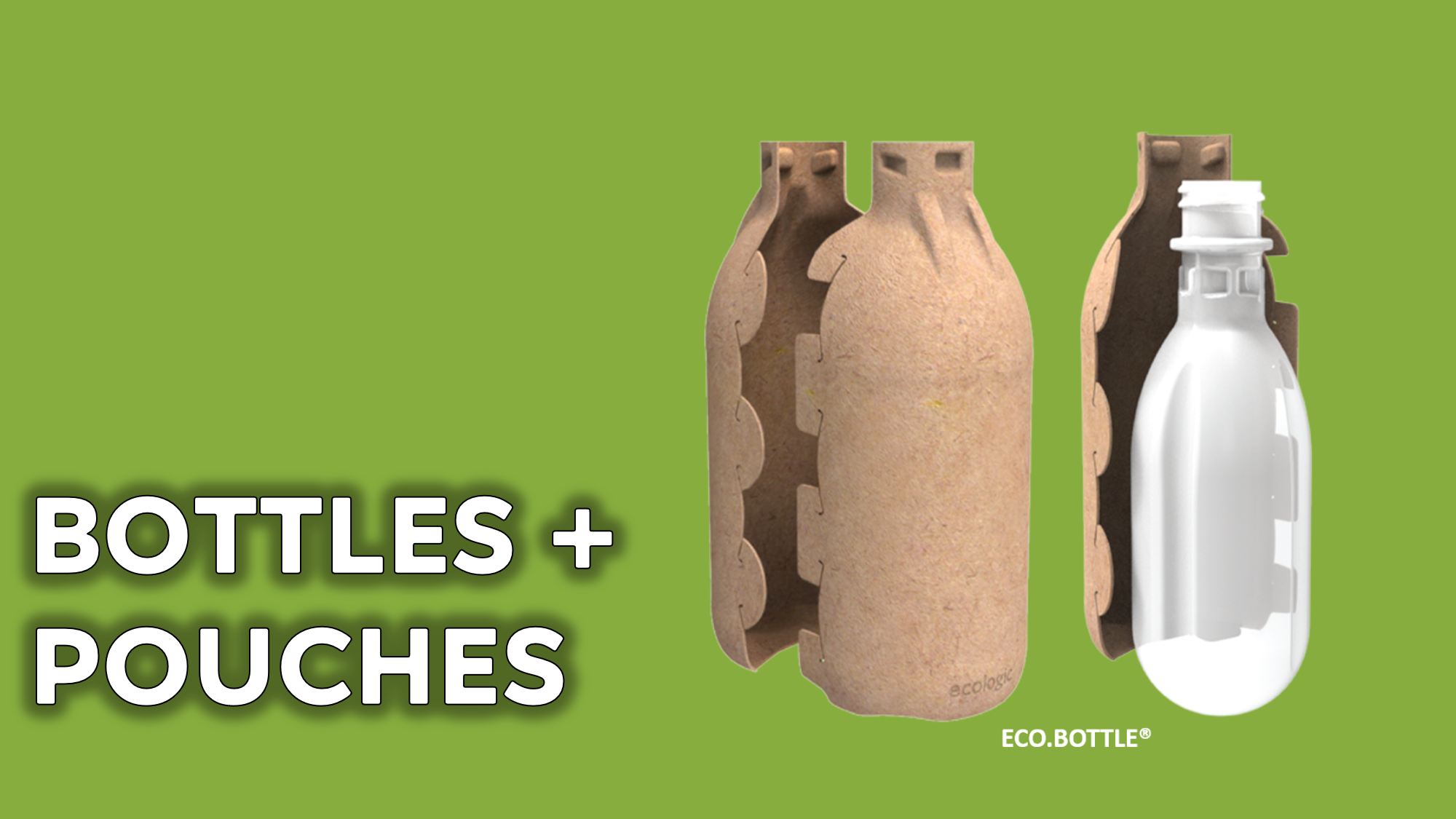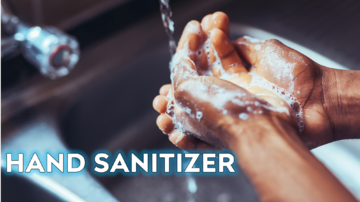
ClO2 is SAFE+GREEN+CLEAN
FILL! DROP! FIZZ!
With those three simple steps, you now understand how to use our product and how to save money, space and time when using ECODIOXIDE. But what exactly is ClO2?
NaClO2 + H+ -> ClO2 + NaCl + H2O
Sodium chlorite + Acid -> Chlorine dioxide + Sodium chloride + Water
Although chlorine dioxide (ClO2) contains a chlorine atom, its chemistry and properties make it more similar to oxygen that chlorine-making it an effective and environmentally safe biocide ideal for disinfecting to exacting standards.
Effective against active and dormant microorganisms. Chlorine dioxide is an oxidizing biocide that kills microorganisms by disrupting nutrients across the cell rather than disrupting the metabolic process. While non-oxidizing biocides also kill microorganisms, they can only kill them when the microorganisms are active. Since microorganisms spend most of their time in a dormant state, non-oxidizing biocides must be used at much higher concentrations and more frequently to effectively kill microbial pollutants. In addition, microorganisms become resistant to non-oxidizing biocides over time. Chlorine dioxide is an especially effective disinfectant because bacteria can not develop a resistance to it.
Stays strong in water. Chlorine dioxide is soluble as a true gas. The ClO2 molecule remains a true gas in solution-making it more energetic and able to reach all points in a system. Because it is a true gas and soluble in virtually anything, it can penetrate bacterial slime layers-biofilm.
Eco-friendly biocide. Finally, chlorine dioxide and its primary by-products-chlorite and chlorate-all break down to sodium chloride and water. This, along with failure to form toxic and carcinogenic chlorination by-products and produce a build-up of toxic organic or inorganic by-products like bromates, makes chlorine dioxide the most eco-friendly biocide that can be used
Zero-Water, Concentrated Tablet. This simple formulation comes in a compact, stabilized and concentrated tablets for ease of use. This process virtually eliminates all transportation, storage and handling of hazardous chemicals (whether one uses traditionally generated ClO2 or other traditional biocides like chlorine) while delivering the significant advantages of ClO2.
Here's the science of it all. Chlorine dioxide eliminates harmful microorganisms through a process called oxidation. All microorganisms are made up organic molecules such as proteins, polysaccharides and nucleic acids. Oxidation can denature proteins and other organic molecules in the walls and inside microorganisms. When their protective walls are disrupted and their metabolic machinery jeopardized, deadly microorganisms die. Chlorine dioxide is a powerful oxidizing agent. The term microorganism includes bacteria, viruses and fungi. Even the walls of tough bacterial spores are organic in nature, and thus susceptible to the action of chlorine dioxide. Microorganisms do not have the inherent ability to counter chlorine dioxide's oxidative attack. This leads us to the good news: microorganisms cannot develop resistance to chlorine dioxide.
A History of ClO2 - Chlorine Dioxide has a long history of providing deodorizing, cleaning and disinfection.
- 1811 First discovered by Sir Humphrey Davey
- 1944 First commercial application. Used as a biocide/taste and odor control agent in domestic water at Niagara Falls in the USA.
- 1977 Three thousand municipal water systems achieving biological control using Chlorine Dioxide.
- 1980’s Chlorine Dioxide gradually replacing Chlorine in many industries.
- Pulp and Paper industry - used as a bleaching agent.
- Industrial water treatment - used as a biocide and as an odor control agent.
- Food processing - used as a sanitizer.
- Hospitals - used as a cleaning and disinfectant in surgical and medical facilities.
- 1990’s Increasingly used for the secondary disinfection of potable water.
- 2001 Chlorine dioxide is one of the decontamination agents used by the United States government against the Anthrax attacks of 2001. The Anthrax attacks are a ghastly example of bioterrorism. The spores of a bacterium Bacillus anthracis are used, which can cause the life-threatening disease ‘anthrax’ in victims. The choice of chlorine dioxide is due to its established sporicidal and sterilizing properties.
- 2005 New generation equipment and control technology introduces ClO2 as a practical alternative to many industrial applications
- 2005 Chlorine Dioxide is used to eradicate mold and mildew from homes flooded by Hurricane Katrina in New Orleans, Louisiana. Chlorine dioxide can penetrate biofilms to effectively disintegrate them.
We are delighted to bring you this wonderful biocide and introduce it to your facility. Now, all you need to do is remember....
FILL! DROP! FIZZ!
BEWELL. BESAFE. BRIAN







